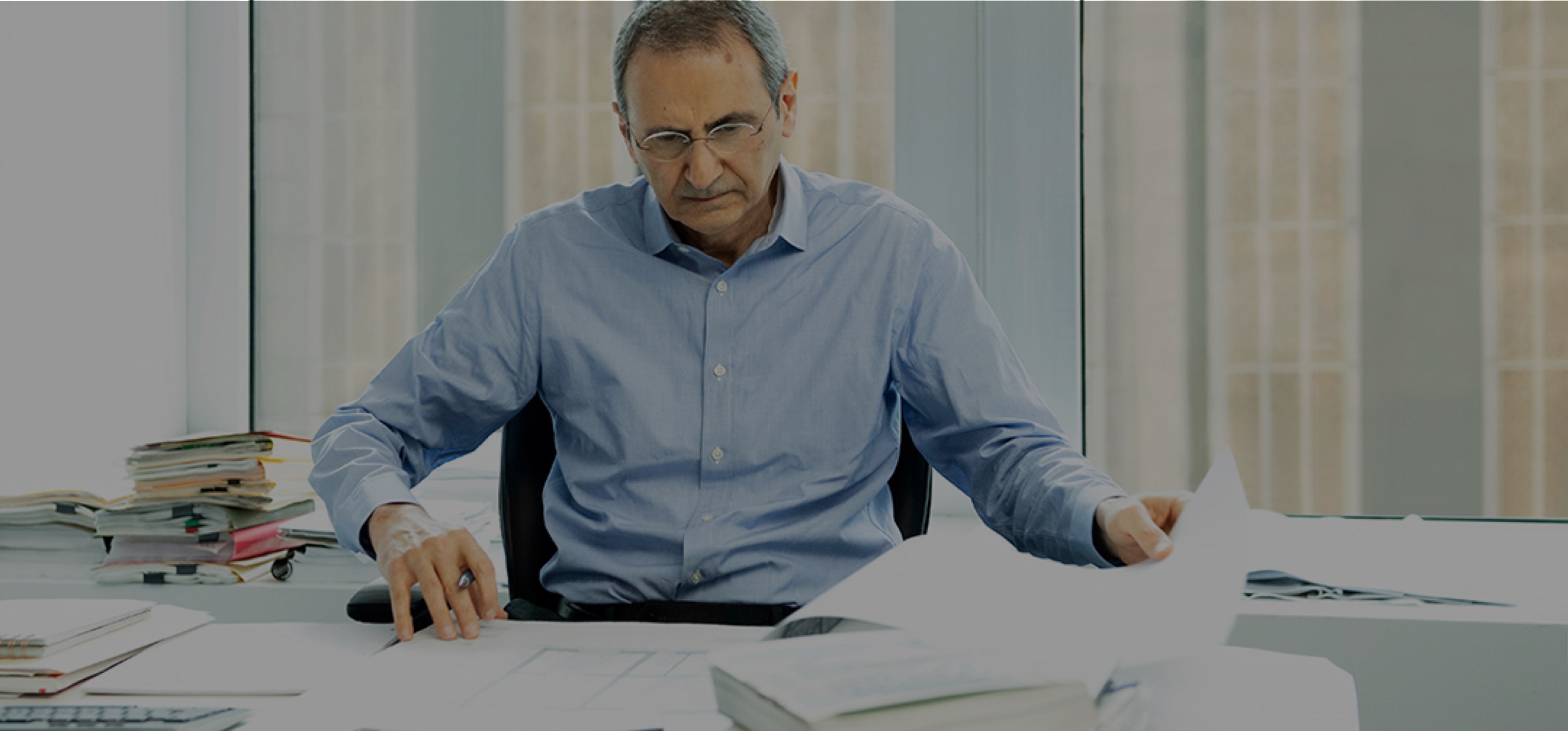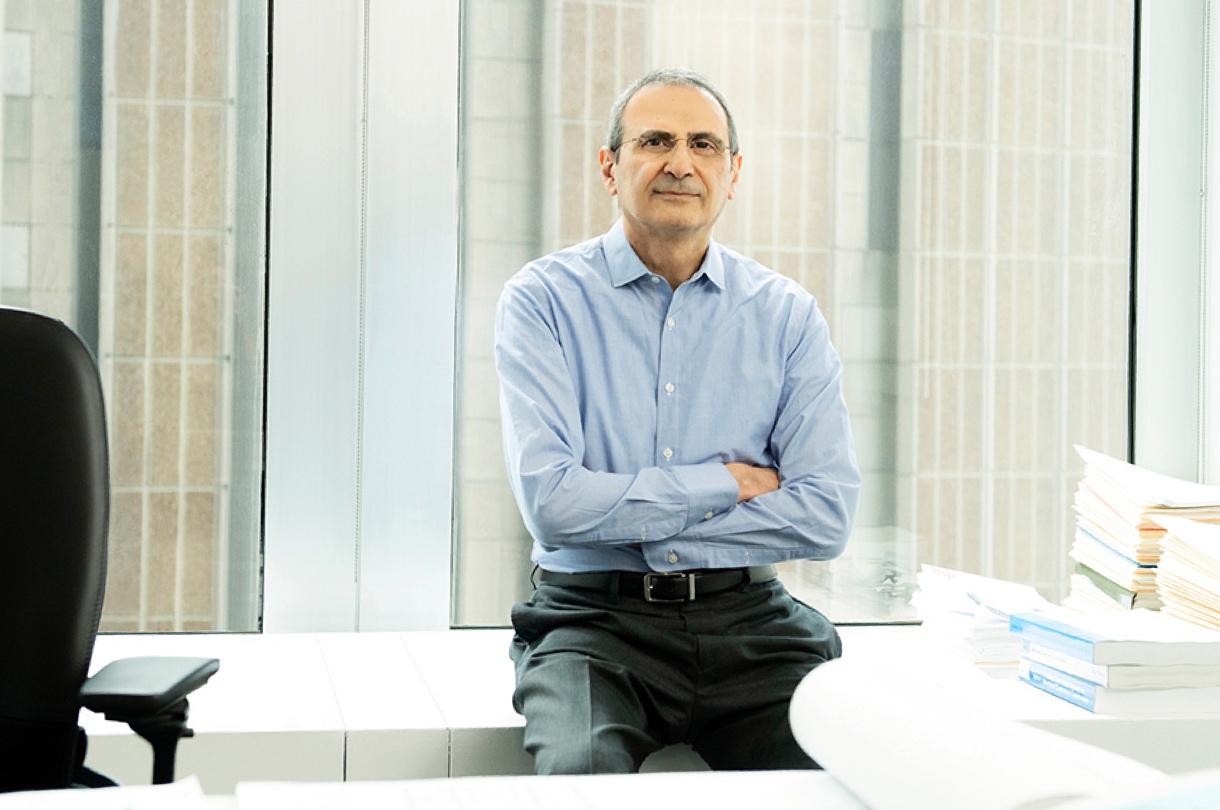Battling mother nature
There's another variable that comes into play as well: mother nature. Building engineers need to account for natural forces such as high winds and earthquakes. In the 1990s, Rahimian got involved in what was going to be the tallest building in Mexico City: the 738-foot Torre Mayor skyscraper. As he did, the 1985 earthquake in Mexico City, which resulted in more than 10,000 deaths, was at the top of his mind. Rahimian and his team made the building as resistant to earthquakes as possible, using steel and concrete but also techniques such as superdiagonal bracing and fluid viscous dampers, for the unique application of which he received a U.S. patent.
All the effort to combat mother nature would soon be put to the test. Shortly after Torre Mayor was completed in 2003, an earthquake rocked the city late one evening. The following day, Rahimian got a phone call from the building's managing director who was in the building during the earthquake.
“'We had a 7.6 (magnitude) earthquake last night,'" he told Rahimian. “I said, 'OK. What happened?' He says, 'Believe it or not, nothing, we didn't even notice it.'”
He sees the combination of steel and concrete as essential ingredients in building design because they complement each other.
“We know steel has value to make buildings lighter, while at the same time, steel gives the strength and stiffness to it,” he says. “For Torre Mayor, the mandate was to use local materials as much as possible, so at the lower level, we have more concrete, less steel. It's all composite—the steel sections are embedded in concrete. As you (build higher), it's sort of a sculpture. It changes. The upper half of the building practically becomes all steel.”
'I've been lucky'
Rahimian credits close collaboration with others as critical to his success. That includes working together on many projects over the years with Jeffrey Smilow, executive vice president and managing director of building structures at WSP USA [Read more about Smilow's distinguished career.]; and Silvian Marcus, executive vice president and director of building structures at WSP USA. They've enjoyed a working relationship that's spanned nearly 40 years.
“If they need my help or I need their help, we are all available for each other because we treat each other's project like our own,” Rahimian says. “Our success depends on each other.”
The working relationship has also developed into a close friendship.
“There is one joke that (Rahimian) always says: 'We spend more time together during the day, year, and month than we spend with our wives and our family,'” says Smilow, smiling. “And it's so true.”
Rahimian reflects on his successful career built on forging solid bonds with Smilow and other peers—along with resources he can depend on such as steel—to transform a vision into reality. “I've been lucky from early on working with good people, good friends, smart people,” he says.

